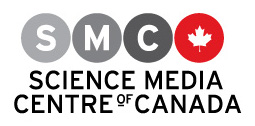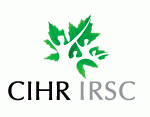Tasting and chemically analyzing 170-year-old champagnes recovered from the Baltic Sea in 2010 has revealed some features of 19th-century winemaking practices.
Researchers compared the chemistry of the historic bottles to that of modern champagnes and found the recovered bottles had less alcohol but higher levels of iron, copper, sodium and chlorine.
The discovery of traces of oak related compounds suggests wines were aged in wooden barrels, and the presence of ribose, a simple sugar, suggests a use of grape syrup. The wines were mostly unspoiled as suggested by low levels of acetic acid.
Given the results obtained, researchers wonder whether the qualities of temperature-stable, still, seawater should be studied for long term wine preservation.
Original research paper published in PNAS on April 20, 2015.
Names and affiliations of selected authors

